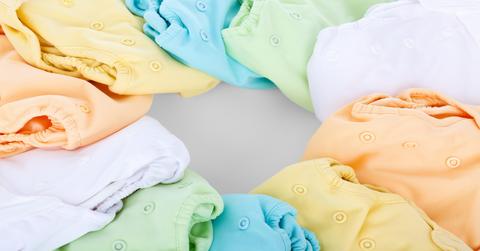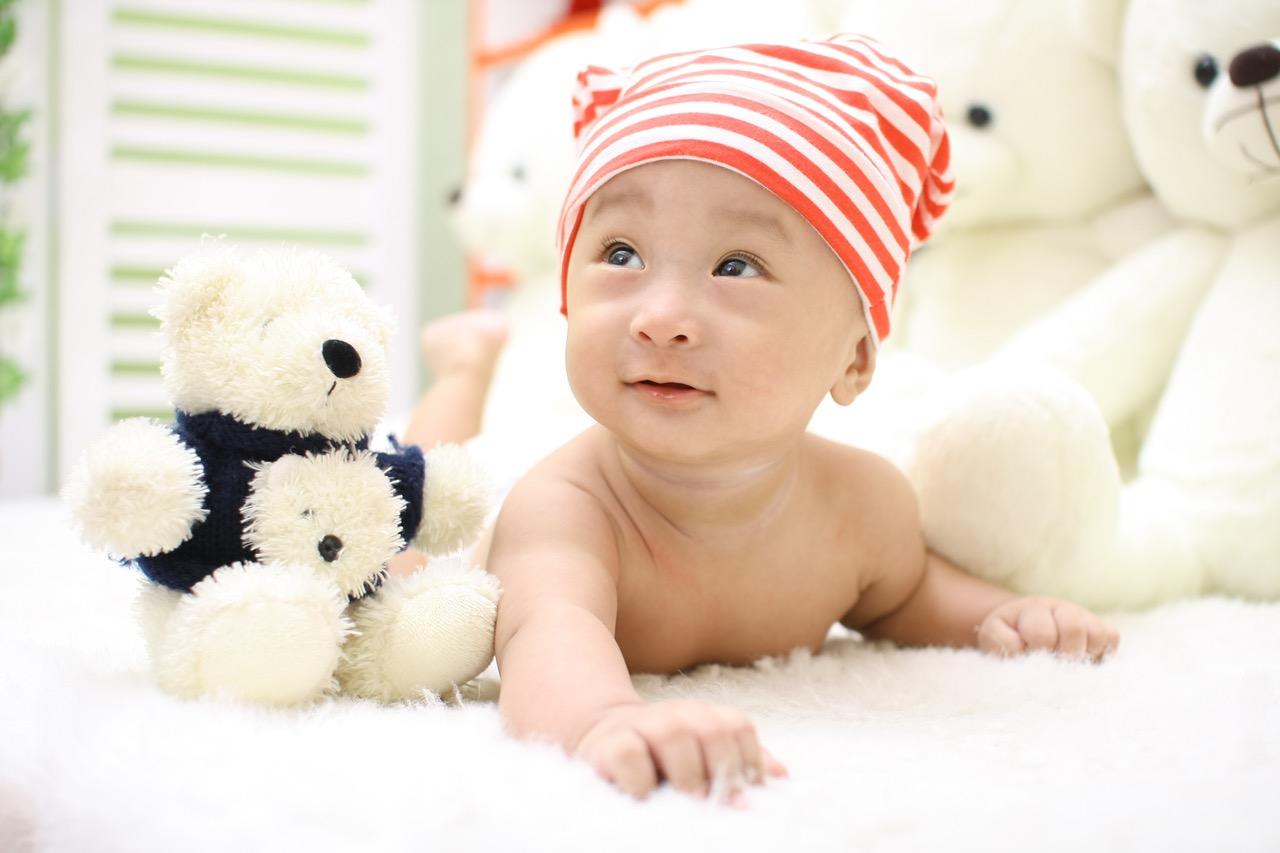What Every Parent Needs To Know About Cloth Diapers
As new parents, you might wonder about the environmental impact of raising your child. Luckily, making the switch to cloth diapers is not only eco-friendly, but simple, affordable, and accessible, once you get a hang of the basics.
Updated May 24 2019, 7:58 p.m. ET
There are so many decisions to make in preparation for a new baby. Big ones, like where you want to give birth, and not so big ones, like whether you really need that wipes warmer, are on constant shuffle in your head as you prepare for the arrival of your bundle of joy. One decision that's gaining more and more popularity as we become more mindful of our environmental impact is the decision to forego disposable diapers and make the switch to cloth.
We know that disposables generally aren't biodegradable. According to the Real Diaper Association, "Disposable diapers are the third largest single consumer item in landfills, and represent about 4% of solid waste. In a house with a child in diapers, disposables make up 50% of household waste."
The simplest thing you can do as a parent or care-giver to reduce the environmental impact of having a baby is to make the switch to cloth diapers.
Sounds simple, right? But when you start shopping for cloth, you might start to feel a little bit confused. After all, there are a lot of options on the market. It can be overwhelming, to say the least, and your head might be left swirling with words like "pocket," "prefold," "all in one," and "hybrid." Luckily, deciphering the world of cloth diapering is a breeze, once you get the hang of the basic lingo.
Prefolds And Covers
These are the cloth diapers your grandparents most likely used, but with a modern spin. They are literally rectangles of absorbent fabric that you origami around your baby, attach with clips, and slap a cover over. They are simple, straightforward, and affordable. They are available in different sizes to accommodate growing bottoms and different materials, ranging from cotton to bamboo, to accommodate all budgets.
All In Ones
All in one diapers are just like disposables, only not disposable. They are self-contained, no stuffing or folding required. They are closed with either snaps or velcro, and come in multiple sizes to accommodate infants, babies, toddlers, and even up to early preschoolers.
Pockets
Similar to prefolds and covers, pocket diapers are also separate pieces. The outer cover, as you can probably guess, has a pocket designed to fit an absorbent insert. Pocket diapers are less cumbersome than prefolds and covers, and can be stuffed after laundering to make diaper changes a piece of cake.
Accessories
There are only a few things you'll need if you decide to use cloth diapers that you wouldn't need with disposables, but for the most part, the bells and whistles are optional.
You will definitely want a diaper sprayer that attaches to the toilet. You can easily rinse the feces from the diaper directly into the toilet and flush it away. Diaper sprayers are inexpensive, easy to install, and will greatly improve your cloth diapering quality of life. You'll also need a wet-bag. For most people, these are absolutely necessary diaper bag additions. They are water proof, leakproof, smell-proof bags to hold wet diapers when you're away from home.
By making the decision to cloth diaper your baby, you're making a commitment to preserving the environment and taking a big step toward sustainability. You will also be introducing your child to the ideas of stewardship and sustainability from birth, which is an amazing legacy to leave.

